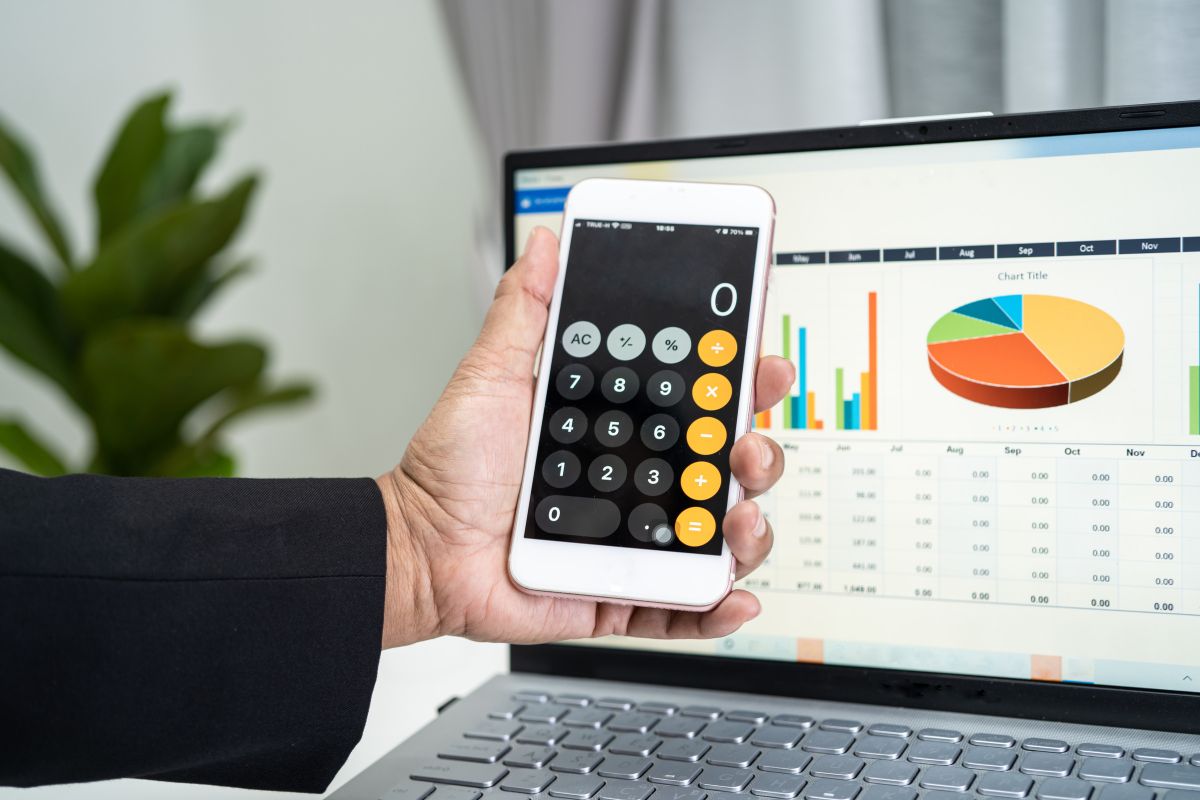Efficient management of procurement and payments is critical for an organisation’s success. One of the most important processes in this area is Procure to Payment (P2P). It forms the backbone of procurement operations, helping businesses control costs, maintain transparency, and build strong supplier relationships.
In this article, we will explore what P2P is, the key steps involved, the risks organisations face, and why mastering this process matters for operational excellence.
What is Procure to Payment (P2P)?
Procure to Payment, commonly known as P2P, is an end-to-end process that covers all activities from recognising the need for goods or services to the final payment to the supplier. It links procurement with accounts payable and involves multiple departments such as purchasing, finance, and inventory management.
At its core, P2P ensures that goods or services are procured legally and efficiently while payments are processed accurately and on time. This process helps maintain transparency, accountability, and cost control across the organisation.
Key Stages in the Procure to Payment Process
The P2P process can be divided into several important stages. Understanding these steps is essential for managing procurement smoothly and reducing errors.
1. Purchase Requisition
The process starts with identifying the need for goods or services within the organisation. An employee or department raises a purchase requisition, specifying the item, quantity, and other details.
This requisition typically needs approval from the concerned authority and is cross-checked against the available budget. This step prevents unauthorised or unnecessary purchases.
2. Vendor Selection
Once the requisition is approved, the organisation initiates the vendor selection process. This involves evaluating vendors based on pre-defined criteria such as price, quality, delivery timelines, and reputation.
Competitive bidding or a Request for Proposal (RFP) may be issued to gather quotations from multiple suppliers. Choosing the right vendor is crucial to ensure value for money and reliability.
3. Procurement Planning
Effective procurement planning aligns the organisation’s needs with its budget constraints. This step involves analysing market conditions, forecasting demand, and scheduling purchases to avoid stock-outs or excess inventory.
Proper planning also ensures that procurement activities comply with organisational policies and strategies.
4. Purchase Order Management
Once the vendor is selected, a purchase order (PO) is generated. This is a formal document sent to the supplier outlining the products, quantities, agreed prices, and terms.
The PO must be approved by authorised personnel and tracked throughout its lifecycle. Any changes or cancellations should be managed promptly to avoid confusion.
5. Goods Receipt
When the ordered goods or services arrive, the organisation inspects them to verify they meet specifications and quality standards. A Goods Receipt Note (GRN) is created to record the acceptance of goods.
This step is important for maintaining inventory accuracy and forms the basis for matching invoices with deliveries.
6. Invoice Management
The supplier sends an invoice requesting payment. The organisation verifies the invoice details against the PO and GRN to ensure consistency. Any discrepancies must be investigated and resolved promptly.
Appropriate approval workflows should be in place before the invoice is cleared for payment.
7. Payable Management
The final step involves processing the payment to the supplier as per the agreed terms. Timely payments help maintain healthy vendor relationships and ensure uninterrupted supply.
Organisations should manage cash flow carefully and automate payment processes where possible to enhance efficiency.
Important Sub-Areas Within the P2P Process
Managing the P2P process effectively requires attention to several sub-areas that support the main steps. These include:
- Policies & Procedures: Clear guidelines on approvals, compliance standards, ethical behaviour, and documentation help avoid errors and fraud.
- Vendor Management: Setting criteria for vendor qualification, risk assessment, and ongoing performance evaluation ensures reliability and accountability.
- Master Data Management: Maintaining accurate records of vendors and products prevents transaction errors and fraud.
- Share of Business & Negotiations: Strategic allocation of business among vendors and strong negotiation skills help optimise costs and reduce risks.
- Invoice and Payment Controls: Proper verification and automation of invoice processing minimise errors and delays.
Risks Involved in the Procure to Payment Process
Like any critical business process, P2P comes with its share of risks that organisations must actively manage to avoid financial loss or operational disruption.
Vendor Management Risks
- Inconsistent Processes: Absence of standard operating procedures (SOPs) may lead to irregular vendor selection and contract management.
- Unreliable Vendors: Poor due diligence during vendor onboarding can result in empanelling dummy or incompetent suppliers.
- Sole Sourcing Risks: Relying on a single vendor can disrupt business if the supplier faces issues.
- Incomplete Vendor Data: Missing or inaccurate vendor information can lead to fraud or transaction errors.
- Ignoring Sustainability: Failing to consider environmental and social factors can harm the organisation’s reputation.
Procurement and Inventory Risks
- Incorrect Planning: Inaccurate material requirements planning (MRP) may cause excess stock or shortages.
- Unauthorized Purchases: Weak controls can result in purchases without approvals, increasing costs.
- Price Discrepancies: Failure to update negotiated rates in the system leads to incorrect payments.
Financial Control Risks
- Duplicate Payments: Repeated invoice entries or payments can cause financial losses.
- Invoice Mismatches: Invoices not matching purchase orders or GRNs delay payments and cause disputes.
- Payment Delays: Late payments may harm vendor relationships and credit terms.
- Lack of Approval: Payments made without proper authorisation breach compliance and increase fraud risk.
Compliance and Regulatory Risks
- Non-Compliance: Ignoring policies or legal regulations can lead to penalties and legal issues.
- Outdated Policies: Failure to update procurement policies increases vulnerability to risks.
Why Does Procure to Payment Matter?
Understanding the significance of the P2P process can help organisations prioritise its optimisation and reap multiple benefits.
1. Enhances Cost Efficiency
By enforcing controls at every step—from requisition to payment—organisations can avoid unnecessary purchases, negotiate better rates, and reduce errors like duplicate payments.
2. Improves Transparency and Accountability
A well-documented P2P process establishes clear responsibilities and audit trails. This transparency discourages fraudulent activities and improves trust among stakeholders.
3. Strengthens Vendor Relationships
Timely payments and fair vendor evaluation build strong partnerships, which can lead to better service, discounts, and preferential treatment.
4. Streamlines Operations
Automating workflows, approvals, and invoice processing reduces manual effort, speeds up procurement cycles, and improves overall efficiency.
5. Supports Compliance and Risk Management
Adhering to policies and regulations safeguards the organisation against legal issues, financial penalties, and reputational damage.
Best Practices to Optimise Procure to Payment
To maximise the benefits and minimise risks, organisations should consider adopting the following best practices:
- Establish Clear Policies and SOPs: Define approval limits, procurement procedures, and compliance standards to ensure consistency.
- Implement Robust Vendor Management: Conduct thorough vendor evaluations, maintain accurate master data, and monitor vendor performance regularly.
- Use Technology Effectively: Employ procurement and payment automation tools to reduce manual errors and speed up processes.
- Integrate Systems: Link procurement, inventory, and finance systems for seamless data flow and real-time tracking.
- Regularly Review and Update Processes: Continuously assess risks, update policies, and train employees on best practices.
- Encourage Competitive Bidding: Always seek multiple quotations to ensure competitive pricing and avoid sole sourcing risks.
- Maintain Strong Internal Controls: Ensure segregation of duties and enforce authority matrices for approvals and payments.
Conclusion
Procure to Payment (P2P) is much more than just a transactional process. It plays a strategic role in ensuring cost-effective procurement, financial control, and operational transparency. Organisations that master the P2P process gain a competitive advantage by streamlining procurement, reducing risks, and strengthening vendor partnerships.
In today’s fast-changing business environment, embracing a structured, technology-enabled P2P approach is essential. It not only safeguards the organisation but also supports sustainable growth and excellence.
If you are part of an organisation’s procurement, finance, or audit team, investing time in understanding and improving the Procure to Payment process will undoubtedly pay dividends in efficiency and cost savings.
Calling all CA dreamers!
🔴 Are you tired of searching for the perfect articelship or job?
Well, fear no more! With 10K+ students and professionals already on board, you don't want to be left behind. Be a part of the biggest community around! Join the most reliable and fastest-growing community out there! ❤️
And guess what? It’s FREE 🤑
✅ Join our WhatsApp Group (Click Here) and Telegram Channel (Click Here) today for instant updates.




